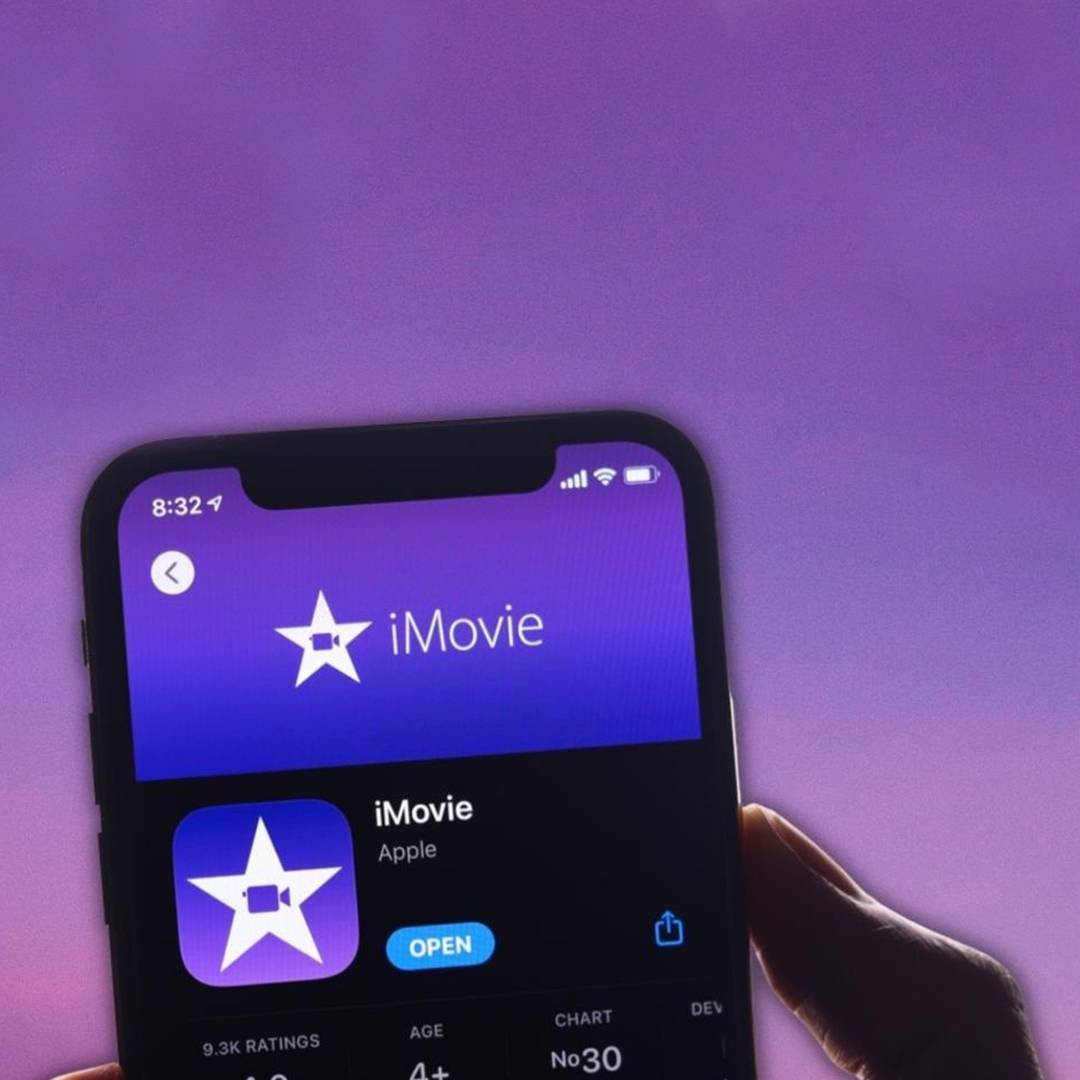Imagine a world without Spotify. It sounds pretty unreal not to be able to access free content by signing up via email or simply connecting through Facebook. Guess what? Doing all of that was a utopian dream before Spotify entered the scene. It instantly became a paradise for mélomanes, and beyond, to all kinds of music lovers around the world.
Having a digital music streaming service under your hand gives you access to the biggest music libraries in the world, allowing you to hear millions of songs whenever and wherever you want to. It is a privilege our society is now used to since 2006. However, very few of us know the system behind the magic we use everyday. Meanwhile, that knowledge gives us a better understanding of Spotify and will open many opportunities for those interested about music marketing in 2020.
Spotify
You can also find useful information on promoting your music in Music Marketing Strategies That Are Still Relevant in 2020, which will give you a full understanding of the subject and recent trends. Yet, again, to use music marketing strategies, you still need to be literate about Spotify to put in practice the knowledge.
Spotify is one of the most prominent music streaming services, with 286 million monthly active users, 130 million out of 286 million are Spotify Premium subscribers. The app is a phenomenon shaping the streaming industry, and the numbers suggest that it is not going to change anytime soon.
The Fundamental Interests
Spotify has three interest groups, which are the investors, the audience, and the rightsholders. The whole business depends on those three groups, and the mission of Spotify is to keep all three happy. On the other hand, the three groups aim for Spotify to succeed because their success depends on it.
The tricky part about the win-win situation between the app and the three interest groups is that Spotify is getting to the stage of being a business too big to fail. It means that the importance of rightsholders and creators may decrease for the app, and Spotify can alienate those two groups without worrying too much. In contrast, investors are a different story. They are more at risk because they can put their money in other projects as well, meaning they are also not as dependent on Spotify as the other two. Since we now have the basics of the logic behind the app’s business relations, let’s dive deeper into the business itself and understand how it works and how you can benefit from it.
The Strategy
Based on the logic displayed by Spotify’s fundamental relations with its three interest groups, it is evident that the app values its relations with investors more than with the other two groups. Spotify has set itself the goal of keeping investors interested, especially considering that it undertakes a long-term podcast strategy, which means that investors will have to wait long enough for a full return on investment.
The app still has to prove to investors that it can turn the active and intriguing music business into a profitable one too. In this case, the strategy works great for both investors and rightsholders. However, as the audience always wants to pay less, the increasing prices for streaming will decrease the number of users. So, Spotify’s next goal is to keep the audience interested enough to want to stay regardless of the new payment options. For that goal, they will most probably use podcasts that will help per-stream rates.
The app will do anything to keep the ingrained relationship with the audience, but it is still not big enough to value any interest groups more than the investors’ segment. When marketing your music through Spotify, always have in mind that the app will benefit those waiting for their return on investment first and then yours. Having that in mind, check MusicPromoToday’s 10 Tips To Properly Run a Spotify Account to dive deep into the marketing details.
Stay tuned to MusicPromoToday to get the latest news and trends on music marketing and get the best tips on promoting your music.



